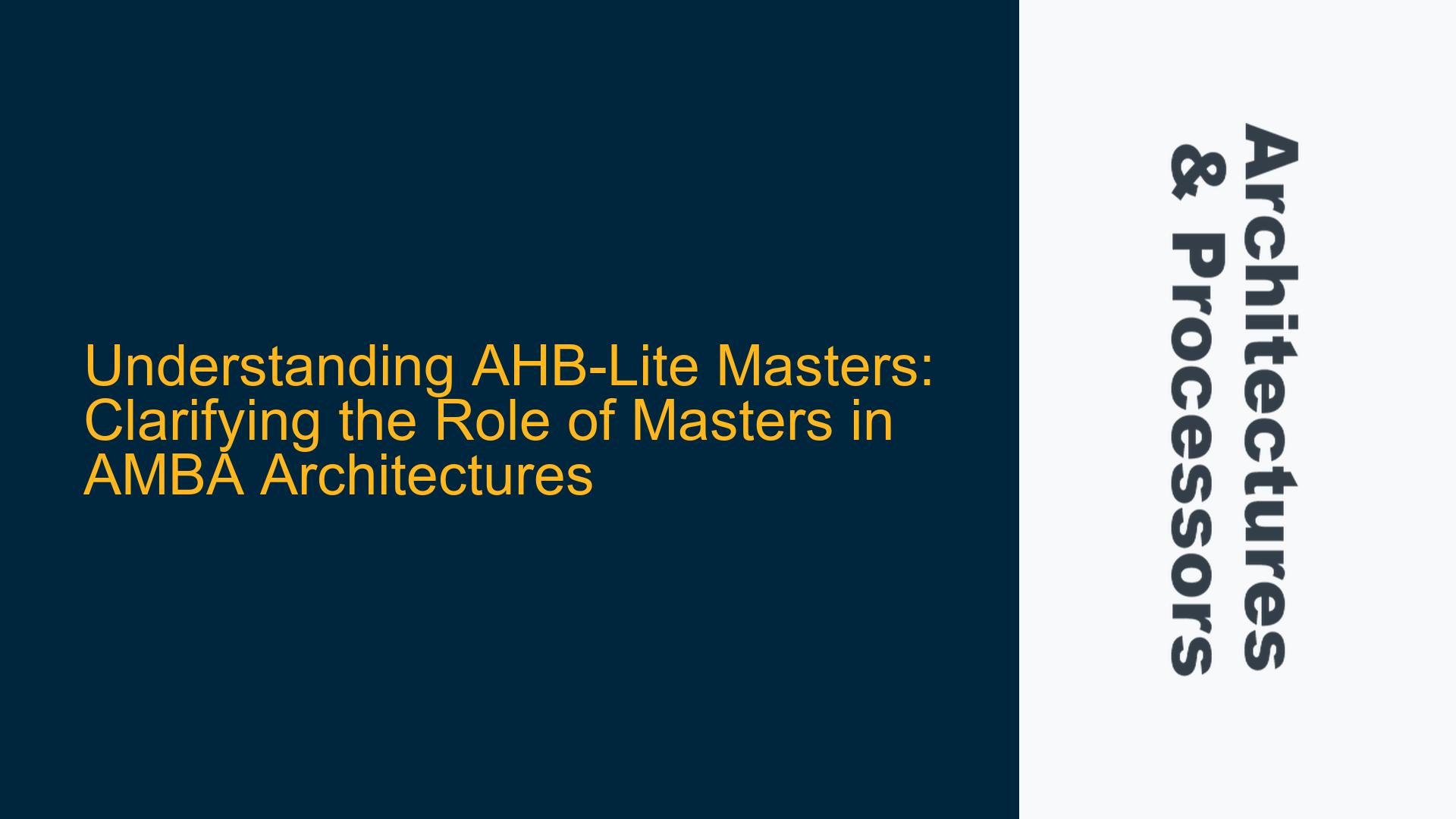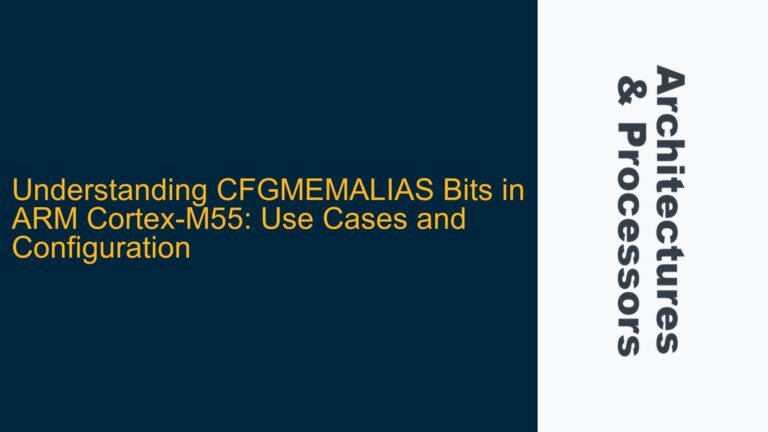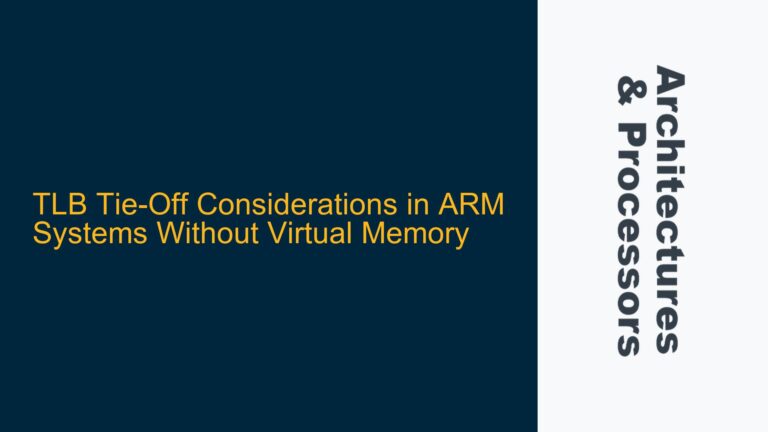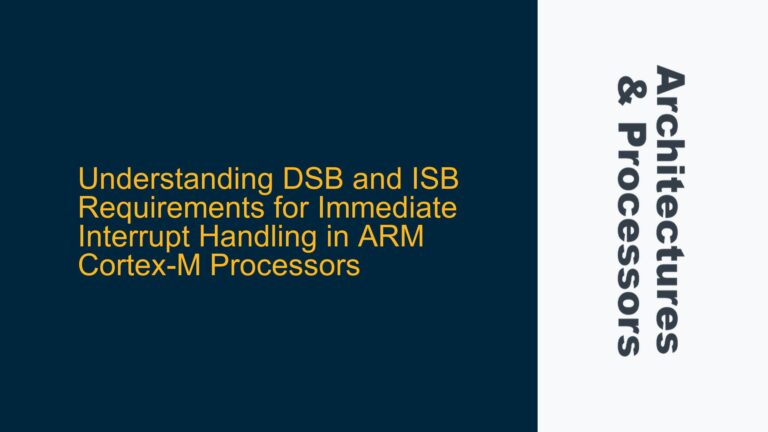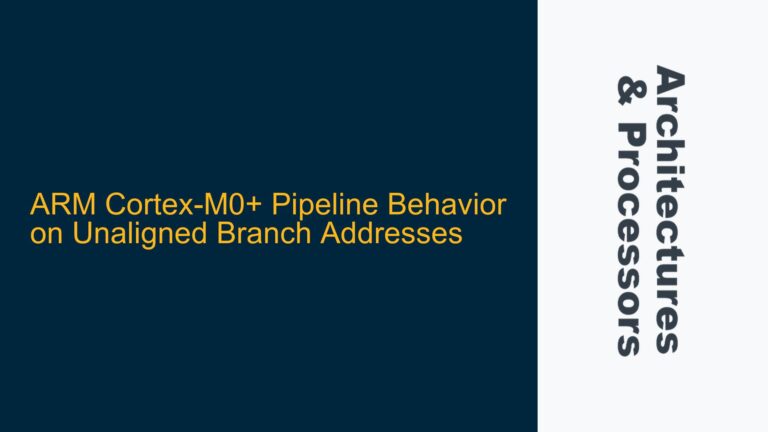ARM AHB-Lite Master Definition and Role in SOC Design
The Advanced Microcontroller Bus Architecture (AMBA) Advanced High-performance Bus Lite (AHB-Lite) is a widely used on-chip communication protocol for high-performance systems, particularly in ARM-based microcontrollers and System-on-Chip (SOC) designs. A fundamental concept in AHB-Lite is the distinction between masters and slaves. A master in the AHB-Lite specification is an entity that initiates transactions on the bus, driving control signals such as HTRANS (transfer type), HADDR (address), and HWDATA (write data). The master is responsible for requesting read or write operations from slaves, which are entities that respond to these requests, such as memory controllers, peripherals, or other functional blocks.
In the context of an SOC, the master is typically the processor or a component that interfaces with the processor to generate AHB-Lite transactions. However, the master is not necessarily the processor itself but rather the AHB-Lite interface that adheres to the protocol. This distinction is critical because it allows for flexibility in SOC design. For example, a processor might communicate with an AHB-Lite bridge, which then acts as the master on a separate AHB-Lite bus. This bridge could perform functions such as data width conversion, clock domain crossing, or protocol translation, enabling the processor to interact with peripherals or memory subsystems that operate on different bus standards or clock domains.
The AHB-Lite protocol does not mandate a specific physical implementation for the master. Instead, it defines the behavior and signaling requirements for any entity that initiates transactions. This means that the master could be integrated within the processor, implemented as a separate module, or even exist as part of a larger interconnect fabric. The key takeaway is that the master is defined by its ability to initiate transactions, not by its physical location or implementation details.
Confusion Between Processor and AHB-Lite Master Interface
A common source of confusion arises when distinguishing between the processor and the AHB-Lite master interface. The processor is the computational core that executes instructions and processes data, while the AHB-Lite master interface is the logic that translates the processor’s memory access requests into AHB-Lite transactions. In many designs, these two components are tightly integrated, with the processor directly driving the AHB-Lite signals. However, this is not always the case.
For instance, consider a scenario where a processor communicates with a Direct Memory Access (DMA) controller. The DMA controller might act as an AHB-Lite master, initiating transactions on behalf of the processor to transfer data between memory and peripherals. In this case, the DMA controller’s AHB-Lite interface is the master, even though the processor is the ultimate source of the transfer request. This separation of roles allows for more efficient system design, as specialized components like DMA controllers can offload data transfer tasks from the processor, improving overall system performance.
Another example is the use of AHB-Lite bridges to connect multiple bus segments. A bridge might act as a master on one bus segment and a slave on another, facilitating communication between different parts of the SOC. This flexibility is a key advantage of the AHB-Lite protocol, enabling designers to create complex interconnect architectures tailored to their specific requirements.
SOC Architecture and AHB-Lite Interconnect Implementation
In an SOC, the AHB-Lite interconnect is typically implemented as part of the overall system architecture, rather than as a separate chip. The interconnect consists of the logic required to route transactions between masters and slaves, including address decoding, arbitration, and data multiplexing. The exact implementation depends on the system’s requirements, such as the number of masters and slaves, the desired performance, and the target area and power constraints.
The AHB-Lite protocol defines the signaling and timing requirements for the interconnect but does not prescribe a specific implementation. This allows designers to choose the most appropriate architecture for their application. For example, a simple system with a single master and a few slaves might use a straightforward point-to-point connection, while a more complex system with multiple masters and slaves might require a more sophisticated interconnect fabric, such as a crossbar switch or a hierarchical bus structure.
The block diagram in the AHB-Lite specification illustrates the logical relationships between masters, slaves, and the interconnect. It is important to note that this diagram represents the functional architecture of the system, not the physical implementation. The master in the diagram is the AHB-Lite interface that initiates transactions, regardless of whether it is integrated within the processor or implemented as a separate module. Similarly, the interconnect represents the logical pathways for data transfer, which might be realized using a variety of physical structures, depending on the system’s design.
Troubleshooting AHB-Lite Master-Slave Communication Issues
When designing or debugging an AHB-Lite-based system, it is essential to ensure that the master and slave interfaces adhere to the protocol’s requirements. Common issues include incorrect signal timing, improper address decoding, and failure to handle bus arbitration correctly. These problems can manifest as data corruption, missed transactions, or system hangs.
To troubleshoot these issues, start by verifying that the master is generating valid AHB-Lite transactions. This includes checking that the HTRANS, HADDR, and HWDATA signals are driven correctly and that the master respects the protocol’s timing requirements. Use a logic analyzer or simulation tool to capture and analyze the bus activity, paying close attention to the handshake signals (HREADY, HRESP) that indicate whether the slave has accepted the transaction.
Next, ensure that the slave is responding appropriately to the master’s requests. The slave should assert HREADY to indicate that it is ready to accept the transaction and drive HRDATA (read data) or acknowledge the write operation as required. If the slave fails to respond, check its configuration and ensure that it is properly connected to the bus.
Finally, verify that the interconnect is functioning correctly. The interconnect should route transactions between the master and slave without introducing delays or errors. This includes ensuring that address decoding is accurate, arbitration is fair, and data multiplexing is performed correctly. If the system includes multiple masters, confirm that the arbitration logic prioritizes transactions appropriately and that no master is starved of bus access.
By systematically verifying the behavior of the master, slave, and interconnect, you can identify and resolve issues in the AHB-Lite communication. This process requires a thorough understanding of the protocol and careful attention to detail, but it is essential for ensuring the reliable operation of the system.
Conclusion
The concept of a master in the AHB-Lite specification is central to the design of ARM-based SOCs. By understanding that the master is the AHB-Lite interface that initiates transactions, rather than the processor itself, designers can create flexible and efficient interconnect architectures. This distinction allows for the use of specialized components like DMA controllers and bridges, enabling complex systems with multiple masters and slaves. When troubleshooting AHB-Lite communication issues, it is crucial to verify the behavior of the master, slave, and interconnect, ensuring that all components adhere to the protocol’s requirements. With this knowledge, you can confidently design and debug AHB-Lite-based systems, leveraging the protocol’s flexibility to meet your application’s needs.
